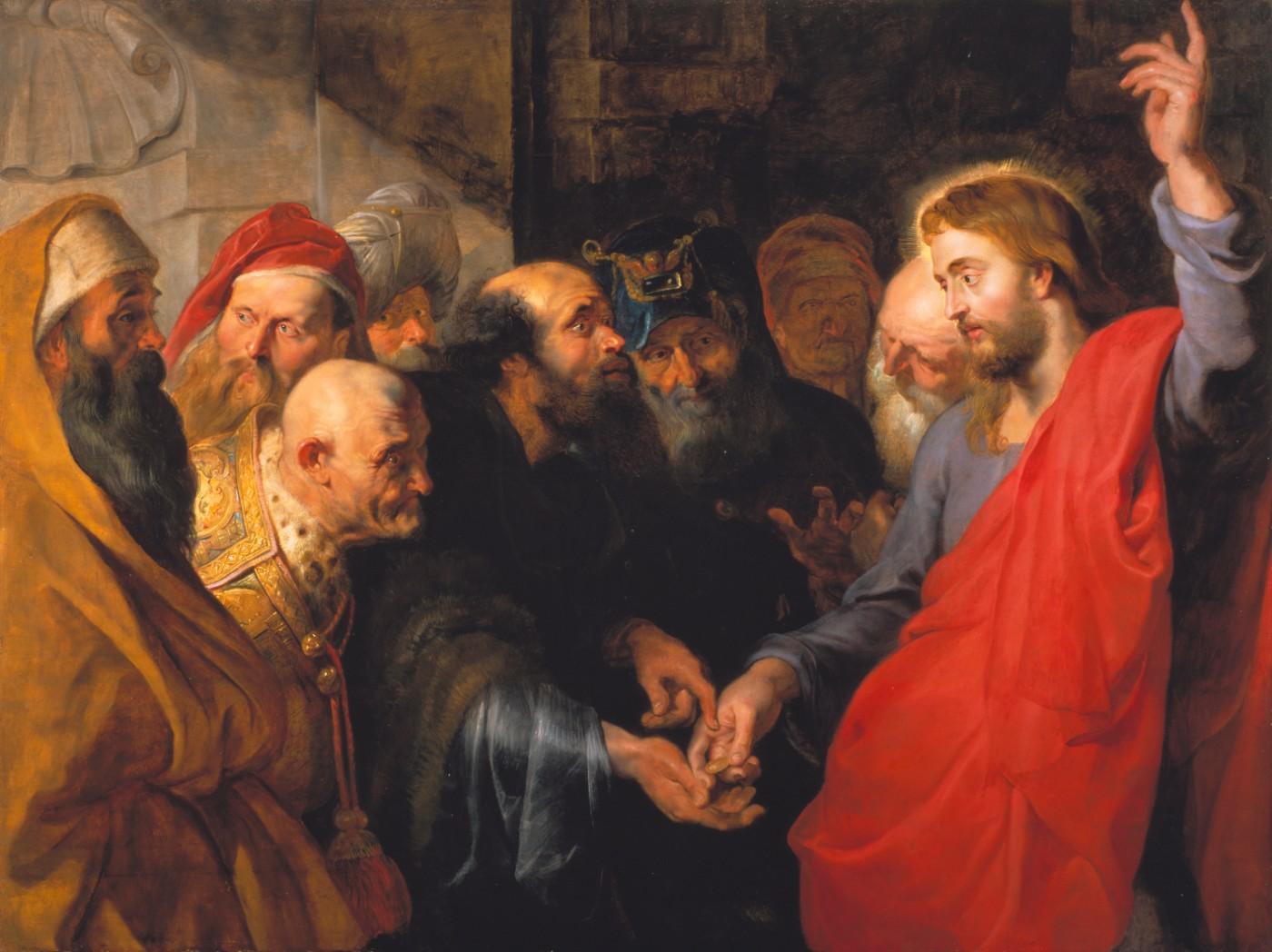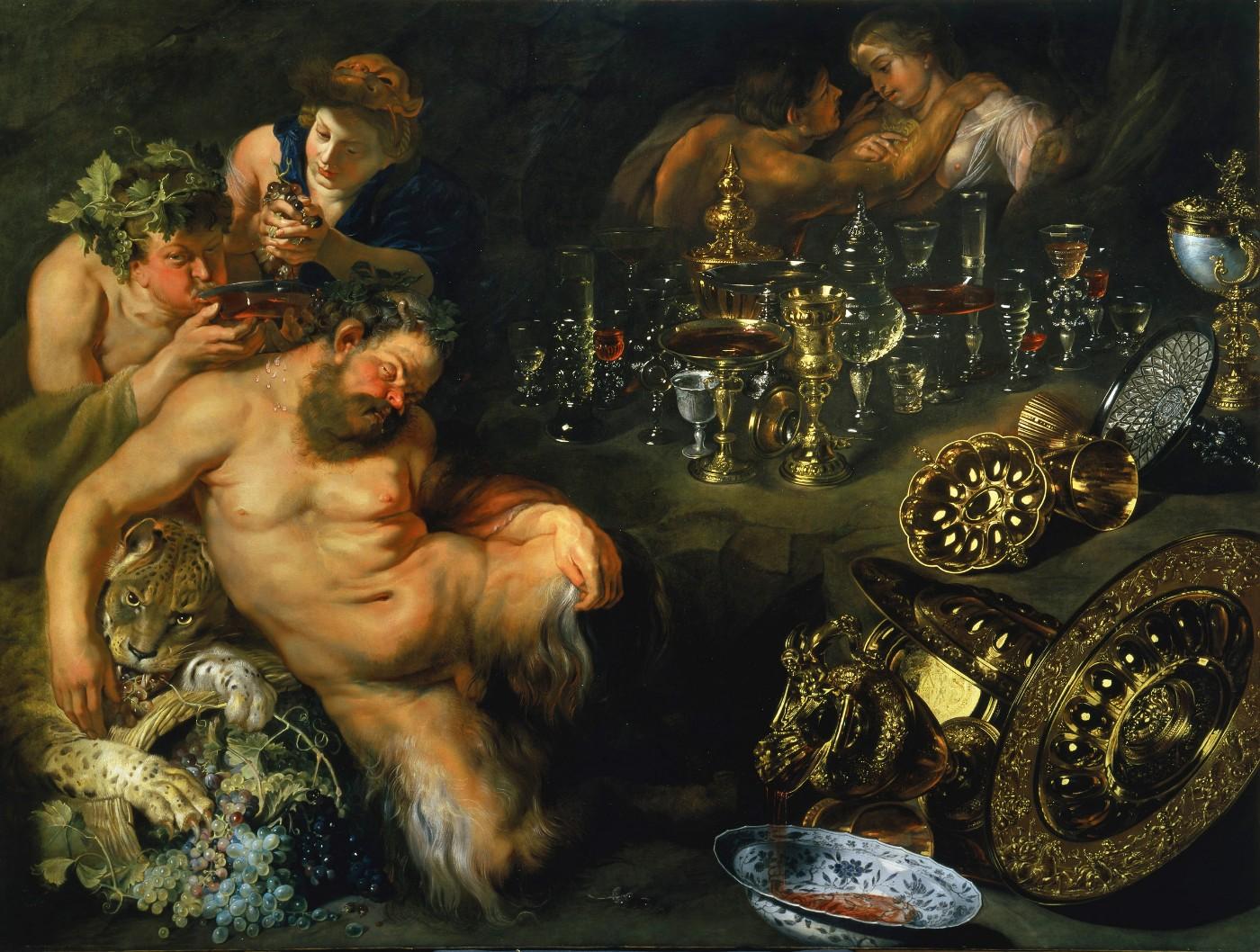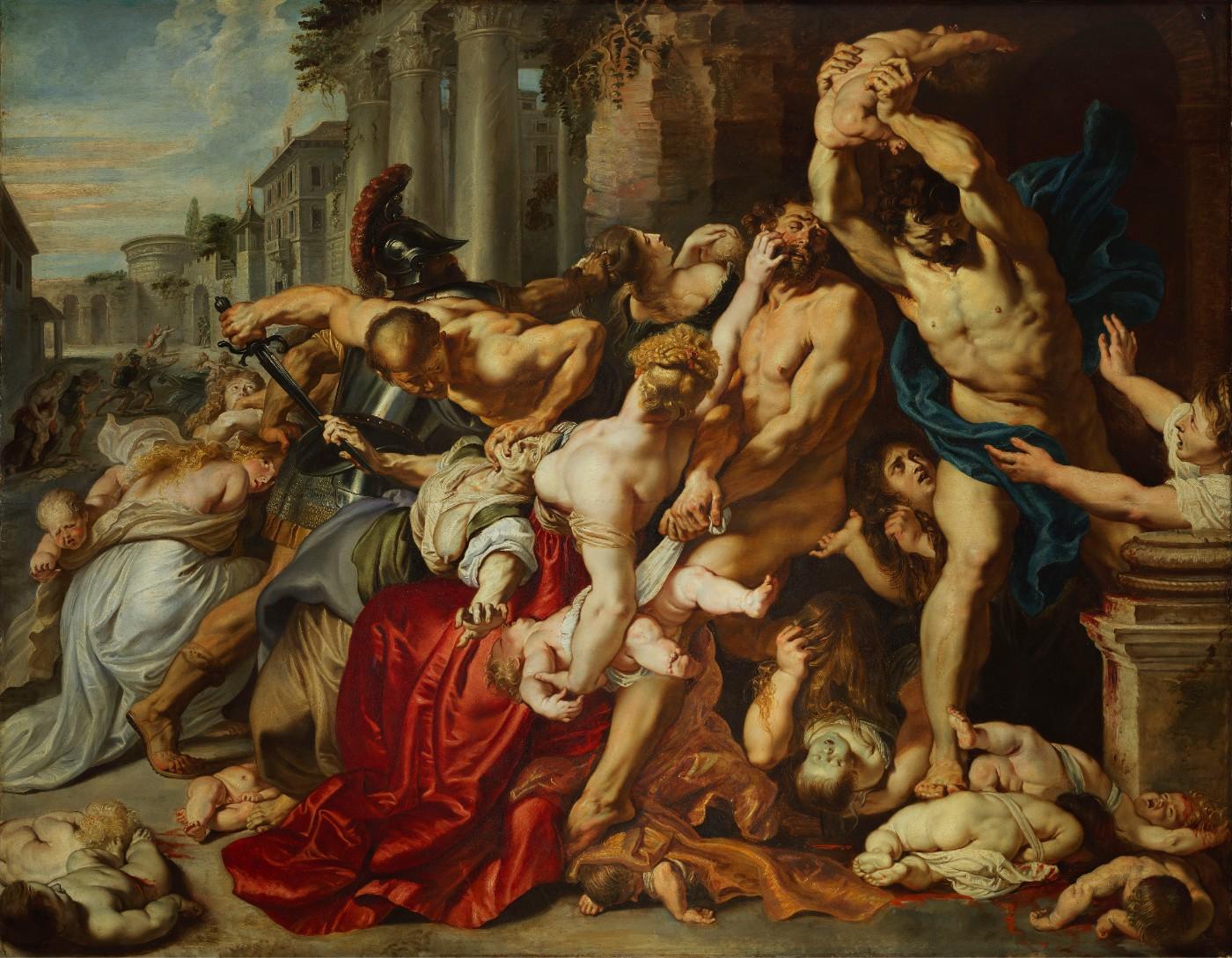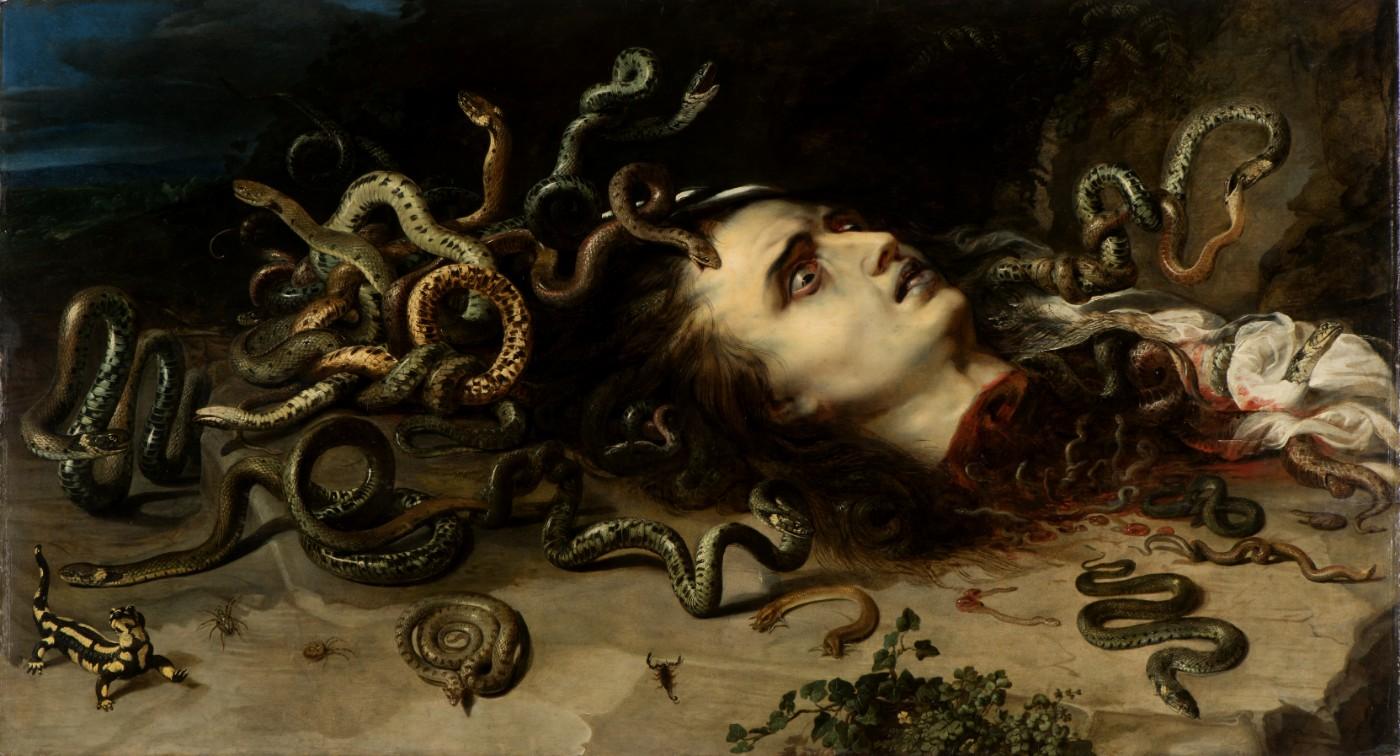“What distinguished Rubens and made his pictures so thrilling for his early viewers, was his ability to re-interpret important models he encountered both on the Italian peninsula and in the Low Countries through his own developing sense for vibrant, naturalistic color and his virtuoso brushwork,” says Kirk Nickel, assistant curator of European painting at the Fine Arts Museums of San Francisco. “His inclination to work quickly and at a large scale was essential for Rubens’s success in repopulating the city's churches with religious images, even while he painted startling episodes of ancient valor, obscure Greco-Roman mythologies, and unsettling moments of biblical history for private collectors.”
Early Rubens is anchored in The Tribute Money (ca. 1610 –1615), a treasured Flemish Baroque masterpiece from the collection of the Fine Arts Museums of San Francisco, and the recently rediscovered The Massacre of the Innocents (ca. 1611–1612), a centerpiece of the Art Gallery of Ontario’s collection.
"Early Rubens is a story of a painter and his city, of how Rubens’s return to his chosen home at a particular moment in history sparked in Antwerp an artistic, intellectual and commercial revitalization,” says Sasha Suda, curator of European art at the Art Gallery of Ontario. “The Massacre of the Innocents not only highlights Rubens’s achievement as a painter, it provides powerful insight into the mindset of the citizens of Antwerp in 1610. I am excited for our visitors to see it in a new way, and to understand the incredibly important place it holds in Rubens’s development.”
Early Rubens is organized by Kirk Nickel, assistant curator of European paintings at the Fine Arts Museums of San Francisco and Sasha Suda, curator of European art and R. Fraser Elliott Chair of Prints and Drawings at the Art Gallery of Ontario, Toronto. The exhibition is on view at the Legion of Honor from April 6 through September 8, 2019, and then at the Art Gallery of Ontario from October 12, 2019, through January 5, 2020.




























